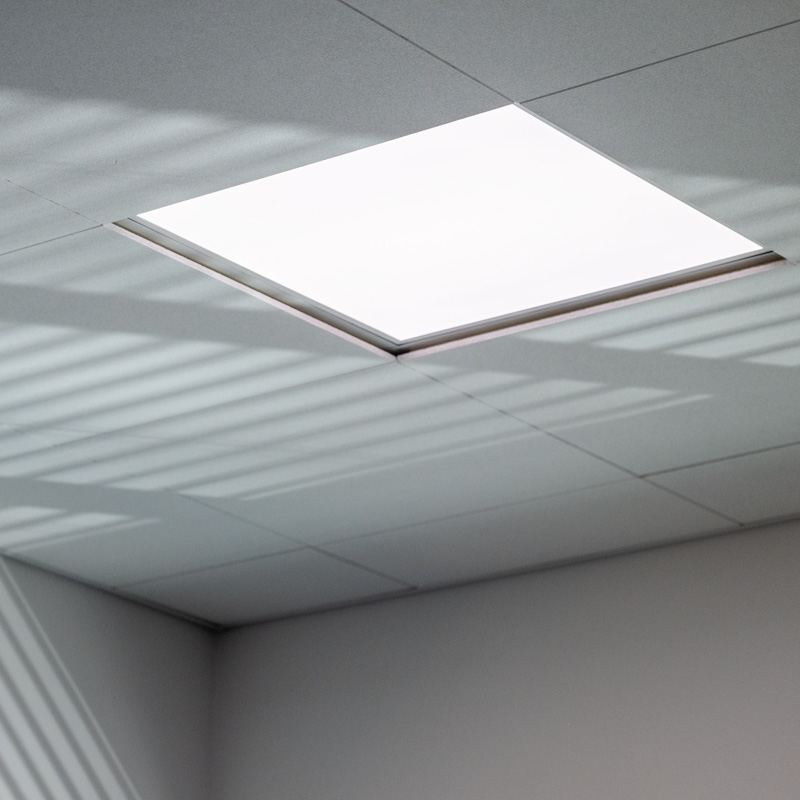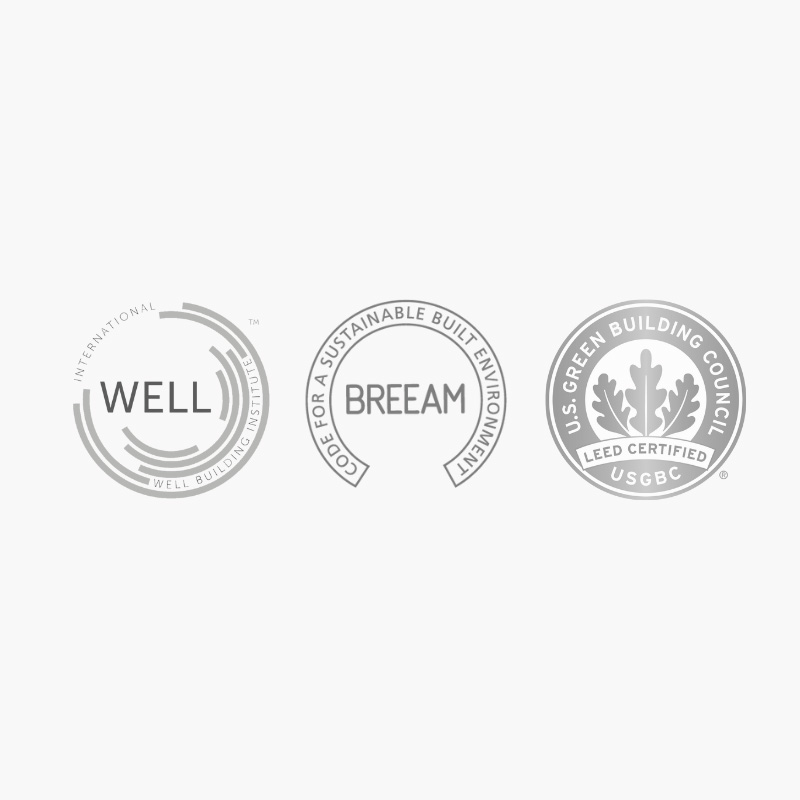Sustainability

Improving life through healthy lighting
We take pride in acting responsibly in everything we do, helping customers to improve their lighting environments in sustainable ways.
We agree with the United Nations 17 Sustainable Development Goals, also referred to as Agenda 2030, following a set of guidelines to help us act in a sustainable manner when it comes to the social, economic and climate aspects of creating growth in responsible ways.

BrainLit luminaires
BrainLit luminaires meet EU requirements and the Ecodesign Directive by being registered in the European Product Database for Energy Labeling (EPREL) database.
BrainLit’s BioCentric luminaires are also developed to achieve the optimum balance between maximum circadian impact and maximum energy efficiency.


Environmental certifications and standards
BrainLit collaborates with contractors and property owners in planning and implementing its lighting solutions to comply with a variety of environmental certifications, depending on the building owner’s or tenants’ needs, such as LEED, BREEAM, and the WELL standard.
Circadian efficiency
Circadian efficiency is a measure of the biological influence of light on the human sleep/wake cycle and is measured as a percentage relative to standard daylight (Daylight Efficacy Ratio, or DER). BrainLit luminaires achieve a large range of between 18-108% relative circadian efficiency (DER) in a single luminaire.
Energy efficiency
Energy efficiency is most often expressed as light exchange in lumens/Watts (lm/W). Our BCL luminaires today reach as far up as 110lm/W at CRI 90 and 2700K. Our next generation light sources, now under development, extend beyond these limits both in terms of circadian impact and energy efficiency.
